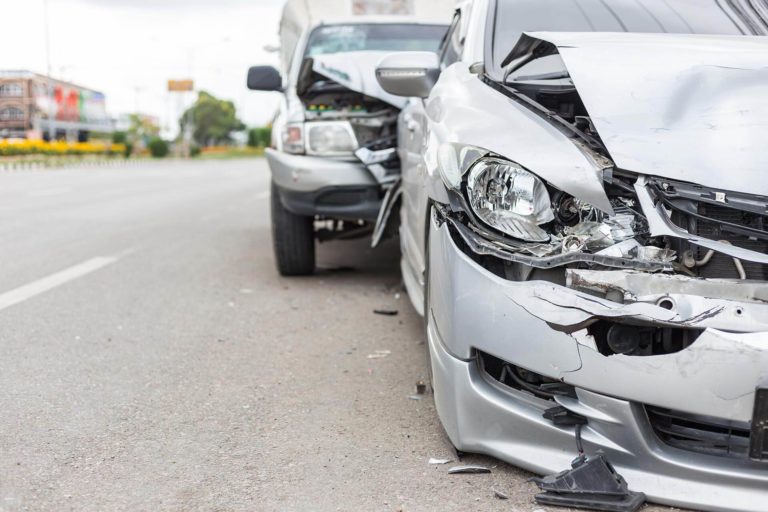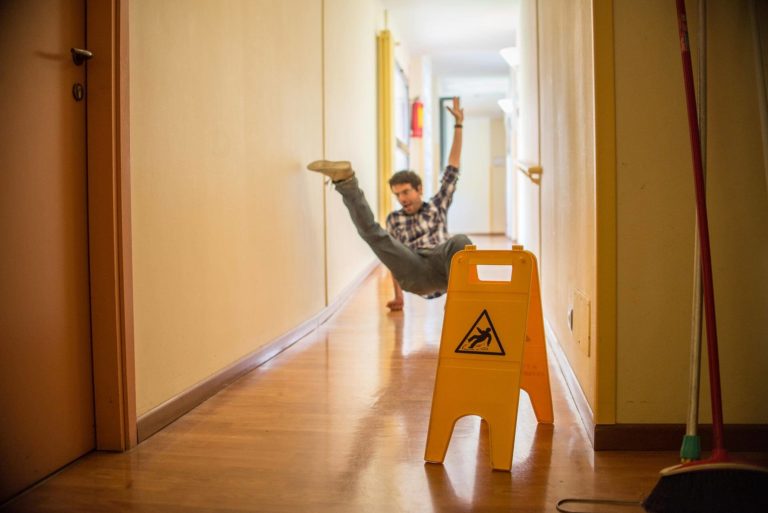High-speed traffic accidents, head-on collisions, rollovers, falls from up high, and industrial accidents can cause catastrophic injuries that cause a person to lose a limb. Losing a limb can have permanent life-changing repercussions for the victim and their entire family. Your home may have to be reconfigured to accommodate your disability and you may retrain for a new type of work. Out of pocket medical expenses for state-of-the-art prosthetics and rehabilitation can be astronomical. Victims of catastrophic injuries such as the loss of a limb require enormous amounts of money to rebuild their lives in the best way possible under the circumstances.
When you lose a limb due to the negligence, recklessness, or intentional act of another person, it’s possible to collect a substantial amount of compensation. An experienced Orange County amputation lawyer can help you collect money for medical expenses, current and future lost earnings, pain, suffering, and mental distress. Call the Crockett Law Group today to schedule your free consultation with our personal injury lawyers and learn more.

Table of Contents
Amputation Injury Statistics
According to the Limb Loss Resource Center, at least 30,000 people a year have body parts amputated in the United States and almost 25 percent of those amputations are due to trauma from accidents. The majority of victims of traumatic amputation are under 40, and close to 80% of them are male. Most traumatic amputations are caused by traffic accidents such as car accidents, truck accidents, pedestrian accidents, T-bone accidents, head-on collisions, and rollovers.What Is an Amputation and Why Is It Necessary?
Amputation is the removal of a body part. It’s done surgically as a last resort when all other options for treatment have been exhausted. For example, when a limb is badly damaged from an accident or has become infected or affected by gangrene, surgical amputation may be the only way to save a person’s life. When a body part such as a finger, hand, arm, leg, or foot has been badly crushed or burned, surgical amputation may need to be done immediately after the accident. In some cases, it may be necessary to surgically amputate a limb to extricate a person from a car that might blow up or a building that may fall down. A traumatic amputation is one that is directly caused by an accident, such when machinery malfunctions or in serious car accidents. Amputations create a major disability for victims, but they also save their lives.Types of Traumatic Amputations
Traumatic amputations are classified as either “complete” or “partial.” A traumatic amputation is considered “partial” when some tissue, muscle, or bone connects the amputated body part to the rest of the body. A “complete” amputation is when the body part is no longer connected to the body at all. Amputations are also classified according to the degree of damage that’s been done to the nerve, bone, soft tissue, and vasculature. Some types of traumatic amputations make it easier to reattach the limb than others. For example, a “guillotine” amputation with well-defined edges is the easiest type to reattach. On the other hand, a reattachment is much less likely to be successful for a crush amputation due to the damage to arteries and soft tissues. Avulsion amputations, where there’s been forceful overstretching and tearing of major tissue rarely result in successful reattachments.
Recovering From an Amputation
Recovering from a surgical or traumatic amputation is a long process and many complications can occur from the trauma itself or as a result of the surgery. The most common complications are:- Heart problems
- Deep Vein Thrombosis (DVT)
- Blood Clots
- Slow Healing
- Infection
- Pneumonia
- Stump and “phantom limb” pain



